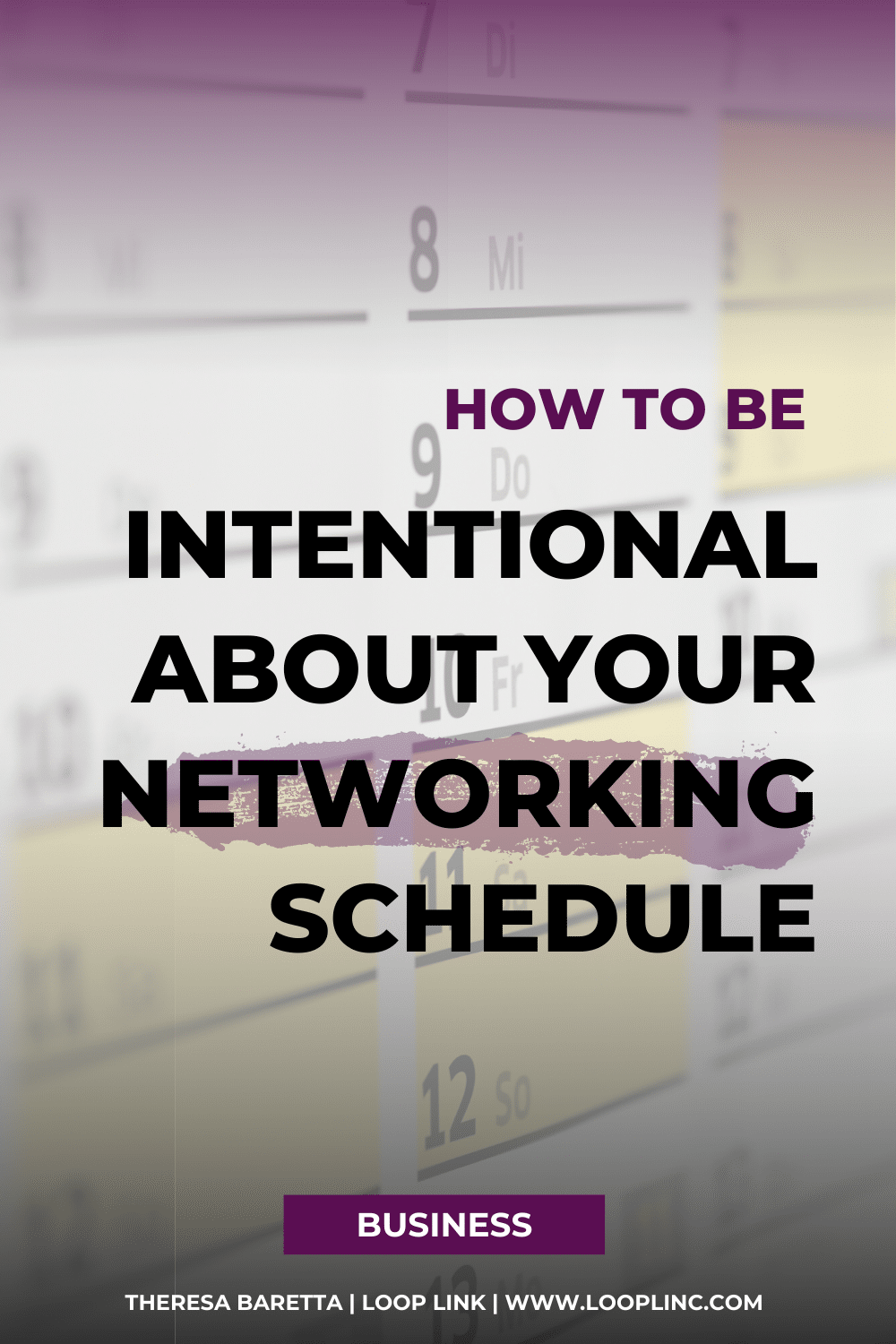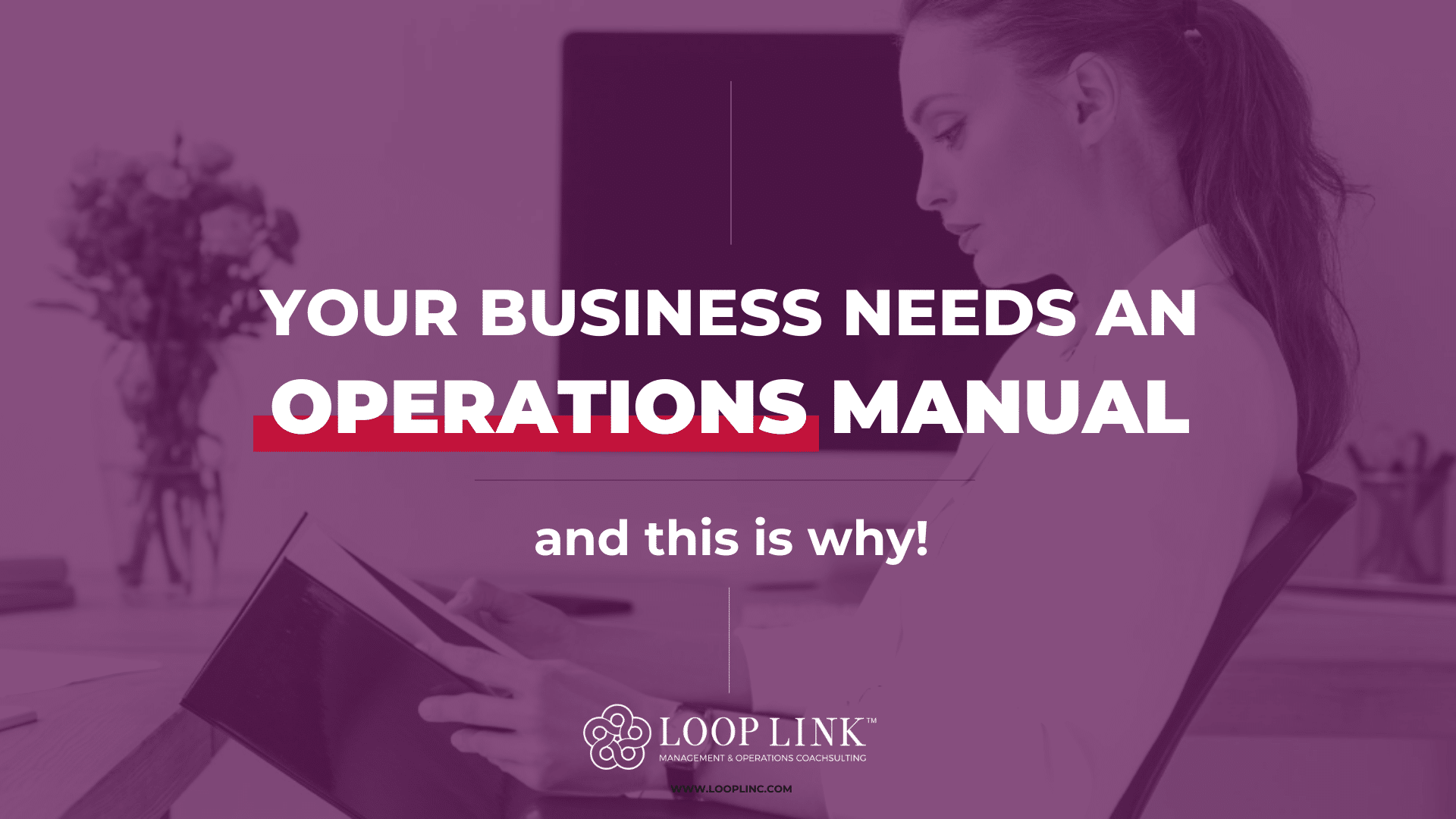No matter how much we try, we all have the same amount of time in a day. We’re given 24 hours. Studies have suggested and shown that an average of 8 hours is to be dedicated to rest. Work is given 8 hours, and in a sufficient world, 8 hours for leisure. Let’s admit it; we know that’s not the reality and our hours are not evenly distributed. That’s why it’s essential for you to be intentional about your networking schedule.
During my transition from employee to employer, having a full work day limits the time I can spend to attend networking events. The availability for networking is even more restricted when I have my “mommy hat” on. I’ve had to be selective and intentional about which networking events I attend. By being intentional, I became focus driven to maximize the benefits. Building a process that then became systemized, network scheduling became straightforward and efficient. I’m no longer spending hours trying to research and vet out events that I should or shouldn’t be attending.

If you have limited time that you can dedicate to your networking schedule, then here’s a short process you can adopt and apply to your workflow.
Goals & Objectives
Before you begin, it’s important to understand what it is you’re trying to achieve with networking. Are you looking to build connections that convert? Are you looking for a community? Are you looking for personal development? Whatever the goal, it should be identified. Once you’ve determined what your goals are, then when reviewing networking events, you can select the ones that align with your goals.
- Define categories. As there are endless types of network events, come up with four main categories you’d like to network in. It could be marketing, business operations, leadership, business development, etc. By narrowing down the categories, you’ll be able to focus on finding events that align with your criteria.
- Align with goals. With the categories that you’ve narrowed down, take a moment to outline your goals from each. If it is marketing, do you want to learn about techniques, or are you looking to find collaboration? Limit it to 3 goals in each category to lessen distractions and increase clarity.
- Value Planning. Networking events shouldn’t be considered a one-way benefit to you only. As an attendee, you are also expected to deliver a level of value. Within each category, besides your goals, write down the value you want to bring to the event. List 3 that you want to focus on. For instance, if marketing is not your strength, you’ll want to develop some questions to ask the presenters. Be prepared to be engaged in the topic and conversations.
Meetup Network
Once you’ve determined what your goals are, you’re going to start looking for groups to become a part of. Depending on what your goals look like, the events can be either local or virtual. There are pros and cons to each preference. The key is to understand what results you want to draw from them. It’s important to remember that no matter which, you’re always networking.
- Local Network. Known as a traditional networking strategy, this requires you to take the time to travel and meet others at a local venue. You’ll be meeting a lot of people that you don’t know, and who don’t know you. Building the connection and relationship requires engagement. Be involved, and interested in what others have to say. Learn about their journey and story. This avenue is great if you have a brick and mortar business, that targets local customers.
- Virtual Network. In the last decade, virtual networking has taken off, offering the convenience to be able to network directly from the comforts of your home. Meeting virtually, you get to connect with other like-minded individuals who have come to the same place for similar reasons. Already, you’ve established a connection, but remember to be engaged and be cognizant of what you’re writing as communication can get lost in translation.
Structure
Time is valuable and of the essence. When you are present, you want to maximize the use of your day. This means that any group you decide to become a part of should hold some structure on how they run their meetup, and how value is passed onto its members.
- Start and end times. A strong network will be respectful of everyone’s time. It’ll enlist its member commitment to be there on time. Be mindful of your own time while you are there. It’s not that you have to be strategic in everything you do during this meeting because authenticity is what builds community and connections.
- Agenda. Does the network have an agenda? Do members know what to expect during their time there together? If they don’t, you may want to steer clear of this type of meetup. No structure often means plenty of tangent conversation, hijacked by certain individuals, and you may feel unaccomplished at the end of it.
Building Community
As entrepreneurs or business owners, we understand the benefits of connection. But it isn’t only about the sale! Before you pitch your business, ask them how you can help them, or serve them in their business.
- How can I help? It’s not about giving unsolicited advice or tips. That’s not what they want to hear at all. But on a deeper level, whether or not you genuinely care about their success.
- Be yourself. As much as we try to draw a line in the sand for business and personal, sometimes we apply different personas. To build meaningful connections, just be yourself. You are your brand; people will naturally gravitate towards you. So enjoy yourself a bit and allow yourself to showcase both your business and personal side.
Intentional Engagement
Remember that at these events, it’s not a race or competition on how many business cards you can get. It’s about building the meaningful relationships and networks that will build a strong community for your business and will rally support for your long-term success. Be intentional, and be engaged. Be opened to opportunities. You’ll want to manage these connections by adding your newly made connections to your CRM with notes and details of the relationship.
- Nurture relationships. Reach out to your connections within 24 – 48 hours after meeting, locally or virtually. Send them a quick email, follow them on their social media channels and be engaged even after the event.
- Follow up. This is where most of us fail at, and why our connections fade. Constant follow-up requires effort. It can be easily done with a CRM in place, or with a specific organization. Follow-ups are where many collaboration, partnerships, and sales occur. Don’t disregard the follow-up because that’s the easier path. If you follow up, you may end up with a friend or customer for life.
Systemize Your Process
Now that you’ve got a sense of how to be intentional about your networking schedule, there is a way to systemize your process. You can easily complete this in Google Sheets or Excel to have a high-level overview of all the events or groups you’re participating in. In the sheet, you’ll want to add two sheets: Goals and Events. Build a quick checklist to run through while assessing your networks:
- Type (Local / Virtual)
- Category
- Meeting Date / Time
- What is the purpose of the group
- What is my goal
- How can I add value to the group?
- Tracked my results
Your Move
Intentional networking requires planning and strategy. Results will be determined by how much effort and thought you placed in it beforehand. Come prepared with your business cards or contact information. Join the conversation and share your experience on my facebook page or by leaving a comment below. Looking forward to hearing from you!








